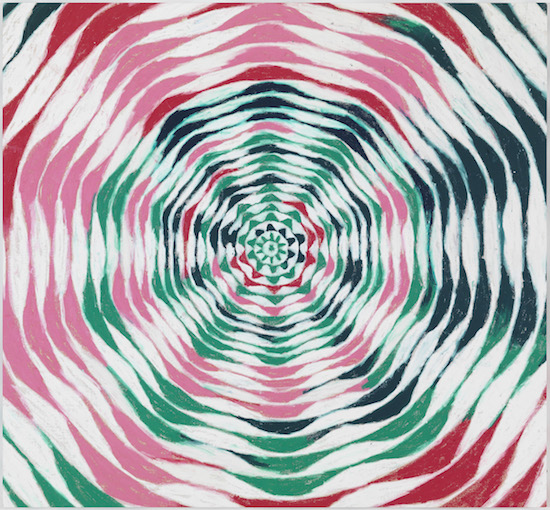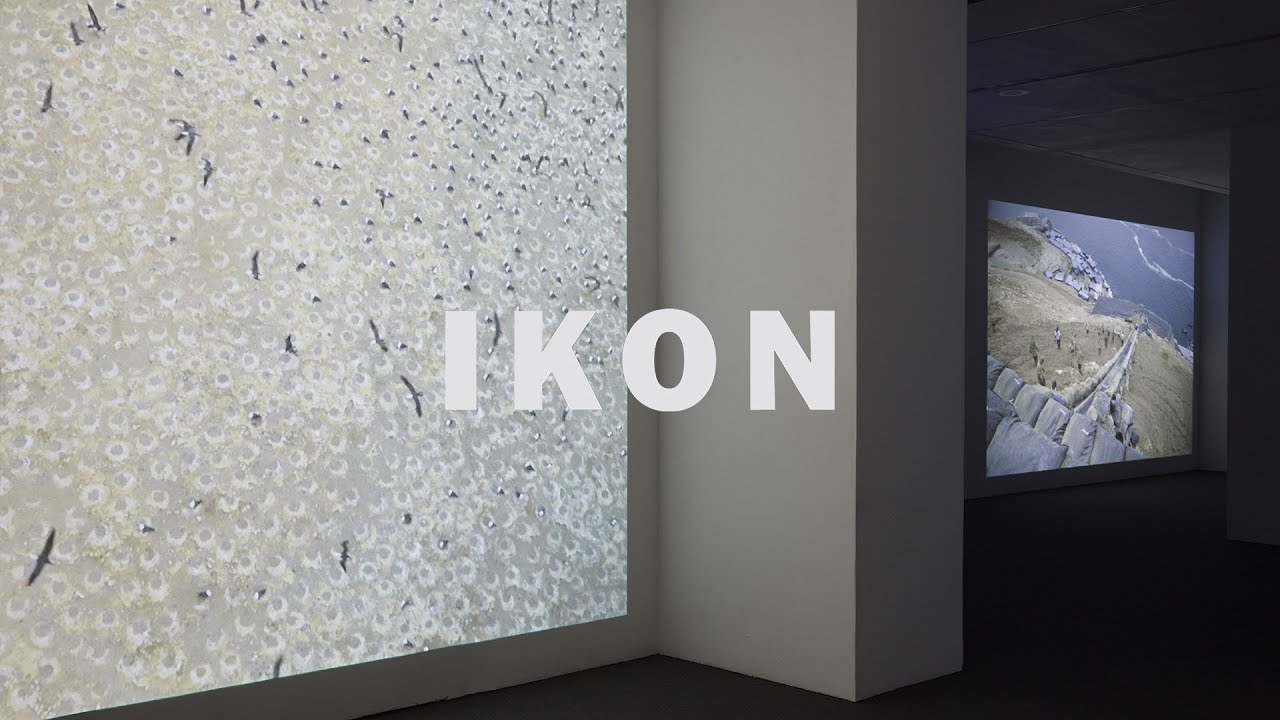Harmony Korine, Watermellon Circle, 2015, © Harmony Korine. Courtesy the artist and Gagosian Gallery. Photo: Robert McKeever
Harmony Korine at Gagosian, London
Now nearly four years since his riotous, day-glo crime drama Spring Breakers, and with another year to wait before The Trap, his forthcoming tale of an ex-con out for revenge upon his gangsta rapper ex-buddy (starring Benicio Del Toro, James Franco, and Al Pacino), Californian film-maker Harmony Korine has evidently been keeping himself busy painting. Early last year, Gagosian’s Beverley Hills space exhibited a set of canvases, some of them created using house paint, masking tape, and a broom, and many of them occupied by looping, abstract marks in bright colours, sometimes interrupted by scraps of bubblewrap, plastic, and paper.
For his new show at Gagosian’s Davies Street gallery in Mayfair, Korine swaps loops for another musical effect: the whooshing psychedelia of two unsynchronised waves known as phasing. ‘Fazor’, then, takes a similarly exuberant approach to colour as the previous series, now applying his oilsticks and acrylics in loose whorls and rippling spirals to hypnotic effect. With a nod to the Rhythm series of Robert Delauney and a wink to the Colour-field paintings of Helen Frankenthaler, Korine’s Fazor paintings look nonetheless to be as freewheeling and idiosyncratic as his films. “I’ve never really felt certain,” he says, “in the way things begin or end. It mostly exists in its own time and logic. More like a vision.”
Harmony Korine’s Fazors will be at the Gagosian Gallery, Davies Street, from 8 February
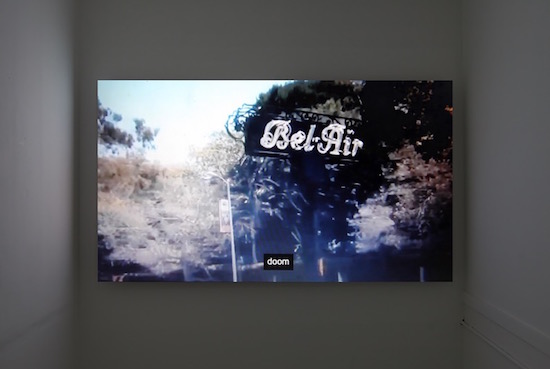
Cath Campbell, For the yellow smoke, 2014, Courtesy the artist and Workplace Gallery, UK
Object Relations at BALTIC 39, Newcastle
“In the quite small child there exists,” wrote Melanie Klein in 1935, “side by side with its relations to real objects – but on a different plane, as it were – relations to its unreal imagos, both as excessively good and excessively bad figures, and that these two kinds of object relations intermingle and colour each other to an ever-increasing degree in the course of development.”
As part of BALTIC 39’s annual open submission exhibition, Figure Three, the five days from the third to the seventh of February will see the gallery occupied by artists Tanya Axford, Catherine Bertola, Cath Campbell, Jo Coupe, and Jennifer Douglas. Titled, after Melanie Klein, ‘Object Relations’, the event will see the five artists engage in a series of conversations through the presentation and re-arrangement of new and in-progress works, collectively negotiating and curating their own show through the course of the week.
Punctuated by shared meals and informal discussions, ‘Object Relations’ will become the exhibition of a process of making and unmaking and living together as a form of shared practice whereby (to quote, for a moment, the gallery’s website), “the space between the works … becomes as important as the objects themselves.”
Object Relations will take place at BALTIC 39 Gallery, Newcastle, from 3 February
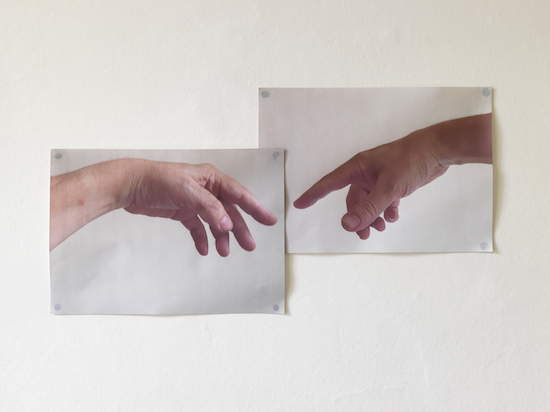
Mark Wallinger, Ego, 2016, Prints on paper, ca. 30 x 50 cm, Photo: A C Cooper
Mark Wallinger at Hauser & Wirth, London
If you’ve ever wondered about those odd little black and white images of mazes dotted about in various parts of the London Underground network, then it may be time to delve into the playful and irreverent world of Mark Wallinger.
Twice nominated for the Turner Prize (in 1995 and 2007) and Britain’s representative at the Venice Biennale in 2001, Wallinger is one of Britain’s best-known and most cherished artists and the first commissioned to fill Trafalgar Square’s empty fourth plinth (with perhaps one of the most modest and unassuming Christs in all of art history). Subsequent works have seen him rebuild the Tardis out of mirrors, recreate Brian Haw’s long-running protest outside of parliament, and wander round a deserted gallery dressed as a bear.
This will be his first solo exhibition for Hauser & Wirth and is set to fill both of their Saville Row spaces with a series of new multimedia works focused, apparently, “on themes of selfhood and self-expression,” and intended to encourage “a contemplation of the self within a society in which behaviour and personal identity come under increasingly closer observation and scrutiny.”
Mark Wallinger will be at Hauser & Wirth, London, from 25 February
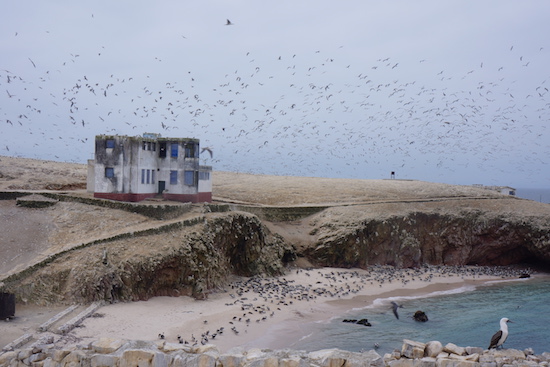
Dinh Q. Lê, Chincha Norte Island, Production shot of The Colony (2016), Photograph courtesy of the artist
Dinh Q. Lê at Ikon, Birmingham
Ok, I’m cheating a little bit here since Dinh Q. Lê’s show actually opened a couple of days ago, but if you are in Birmingham any time over the next month or so, it would be a shame for you to miss this major new commission from Artangel. Born in Hà Tiên, Vietnam, in 1968, Dinh Q. Lê’s work has for a long time circled around images of the Vietnam War, often by carefully weaving together thin strips from large-scale photographic prints, based on traditional grass mat weaving techniques taught to him by his aunt. The Colony, then, represents something of a departure for the artist whose work has been called “remarkable” by the New York Times.
Interviewed by the New York Times last year, Lê claimed this new piece was inspired by a “drama of absurdity, greed and human suffering”. It takes the form of a three-part video touring an island group off the coast of Peru, all knee deep in shit, that became inexplicably sought after in the latter half of the nineteenth century after the extraordinary fertilising properties of bird guano gained wide recognition. At the height of the “great guano rush” Chinese labourers broke their back mining the brown gold under conditions tantamount to slavery. But today, the supplies largely exhausted, there is an eerie ghost-town feel to the remaining installations.
Using a combination of camera drones and footage taken from a boat, circling the islands, Lê’s captures a haunting yet strangely mesmerising glimpse into this peculiar chapter in history which, for the Ho Chi Minh City-based Lê, has obvious resonances with the ongoing territorial disputes over the South China Sea.
Dinh Q. Lê’s film ‘Colony’ is at Ikon, Birmingham, until 3 April

